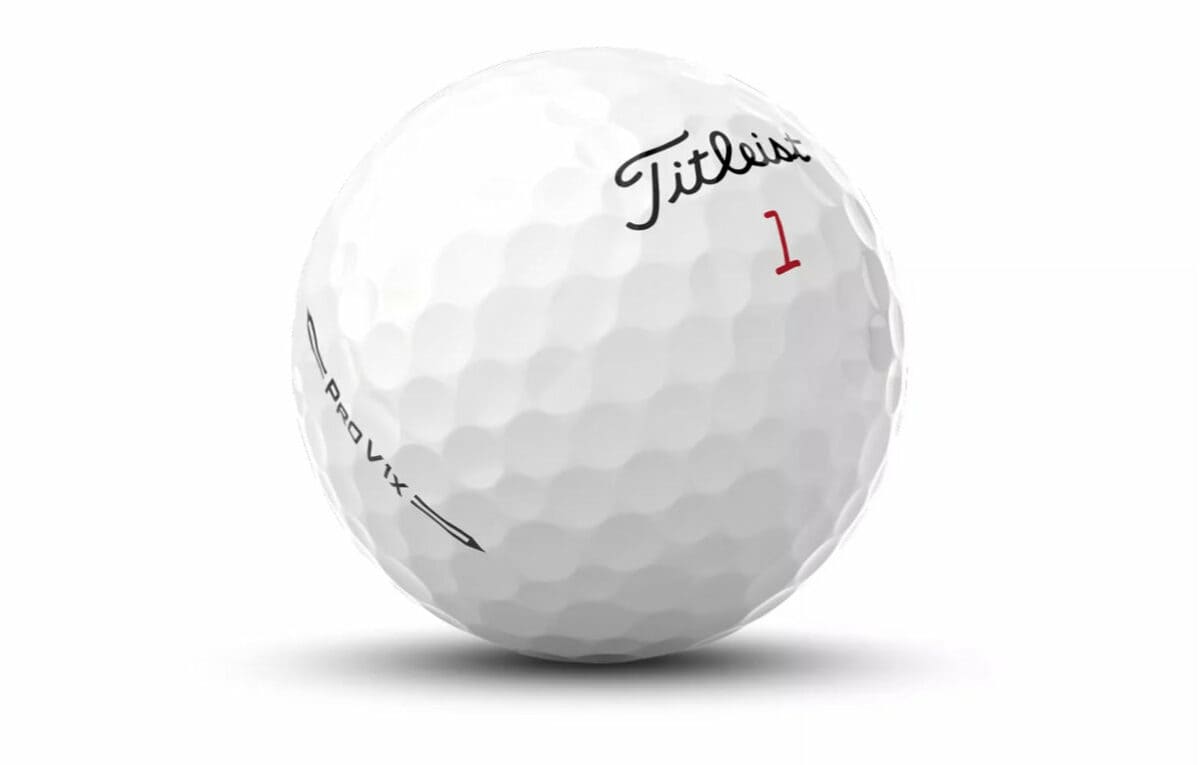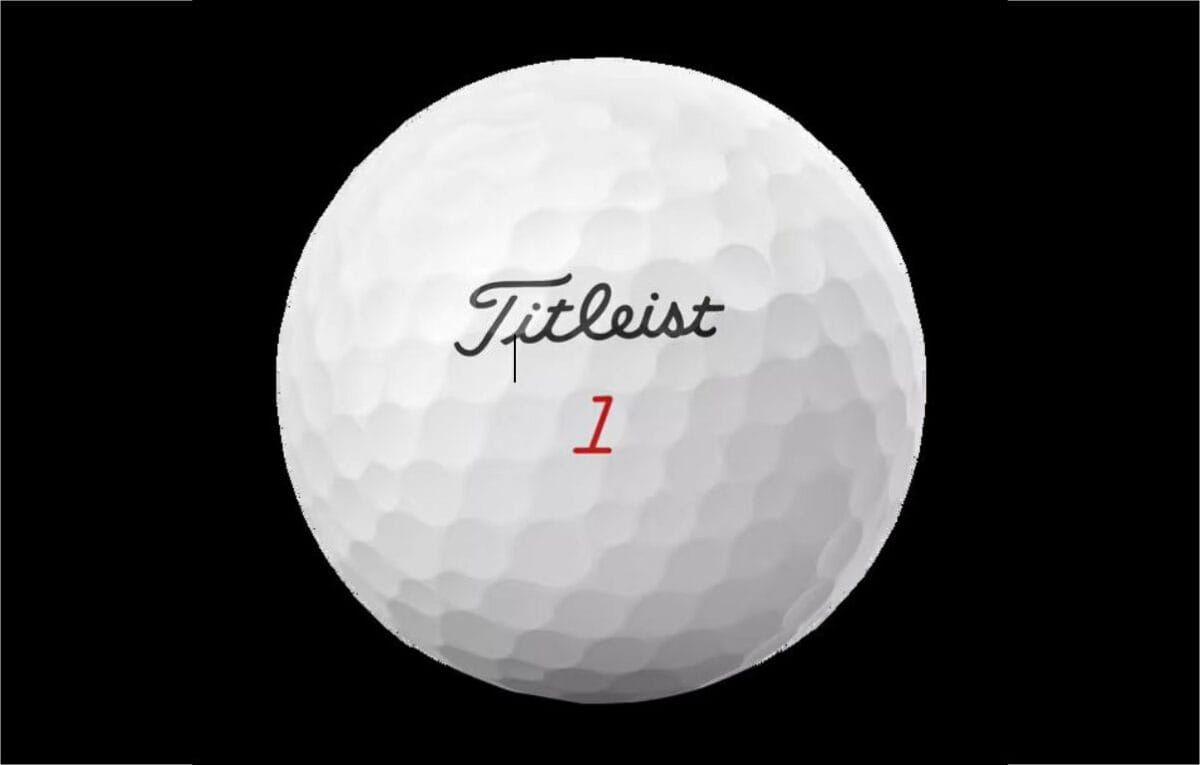What is a Pro V1 Practice Ball?
The Titleist Pro V1 is one of the most iconic golf balls ever produced. Since its introduction in 2000, it has been the #1 ball on professional tours and enjoyed widespread popularity among amateur players as well.
But many golfers looking for more affordable ways to play this famous tour ball have turned to Pro V1 practice balls. What exactly are these balls and how do they compare to the real thing?
Let’s take a look at what Pro V1 practice balls are, who uses them, their performance attributes, and whether they offer benefits over regular Pro V1s.

Defining Pro V1 Practice Balls
Pro V1 practice balls refer to balls that feature the same or similar branding and markings as Titleist’s premium Pro V1 line, but are not manufactured by Titleist/Acushnet.
They mimic the look of Pro V1 balls but are produced by other companies and sold at significant discounts. These imitation balls allow the public to play a “Pro V1” without paying the $50 per dozen price tag.
The companies producing imitation Pro V1s reverse engineer balls with comparable materials and technology. But branding rules prohibit calling them outright “Pro V1s.” Hence the practice ball label.
Who Uses Pro V1 Practice Balls?
Here are the primary categories of golfers who use Pro V1 practice balls:
- Price-conscious amateurs seeking tour performance without the expense.
- Golf team players needing bulk practice balls branded like tournament balls.
- Driving ranges buying balls in bulk that customers recognize.
- Collectors and novelty buyers wanting the iconic Pro V1 design.
While imitation Pro V1 buyers know they are not getting true Pro V1s, the value, familiar look, and reasonable performance make them attractive.

Key Attributes of Pro V1 Practice Balls
Pro V1 practice balls from leading manufacturers share these common attributes:
- Logos, fonts, and numbering to mimic Titleist Pro V1 appearance.
- 2- or 3-piece surlyn covers for durability and cost savings.
- Affordable non-urethane covers to mimic Pro V1 feel.
- Formulations focused on low driver spin for distance.
- Comparable aerodynamics and dimple patterns.
- Compression and construction for moderate swing speeds.
The overall objective is to provide a recognizable and reasonably performing ball but at a budget price point.
Performance Comparison to Real Pro V1’s
While Pro V1 practice balls deliver solid performance for most amateur players, some key differences remain between them and real Pro V1s:
- The surlyn covers lack the soft feel of Pro V1’s urethane cover.
- Short-game spin and control are reduced compared to the Pro V1.
- Durability and longevity fall short of the real Pro V1.
- Total driver and iron shot aerodynamic performance is not equal.
- Methodical quality control and manufacturing differ.
But for 1/3 of the price, Pro V1 practice balls offer amateur players reasonably comparable looks, feel, and distance.
Are There Benefits Over Real Pro V1s?
The benefit to most golfers of Pro V1 practice balls is strictly cost savings. But there are a few potential advantages:
- Lower spin can provide the added distance for slower swing speeds.
- Greater mis-hit forgiveness than the Pro V1.
- Wider variety of colors/markings than Titleist’s custom offerings.
- Can order large quantities branded for events/teams.
Overall though, real Pro V1s outperform imitation practice balls, albeit at a much higher price.
Should You Choose Pro V1 Practice Balls?
For golfers on a strict budget but who want to emulate tour-level performance and quality, Pro V1 practice balls present a solid value option.
However, to experience the true Pro V1 technology and excellence, real Titleist Pro V1s are still worth the investment for serious golfers.
Whichever way you go, choose a quality ball aligned with your preferences, skills, and budget to get the most from your game.
